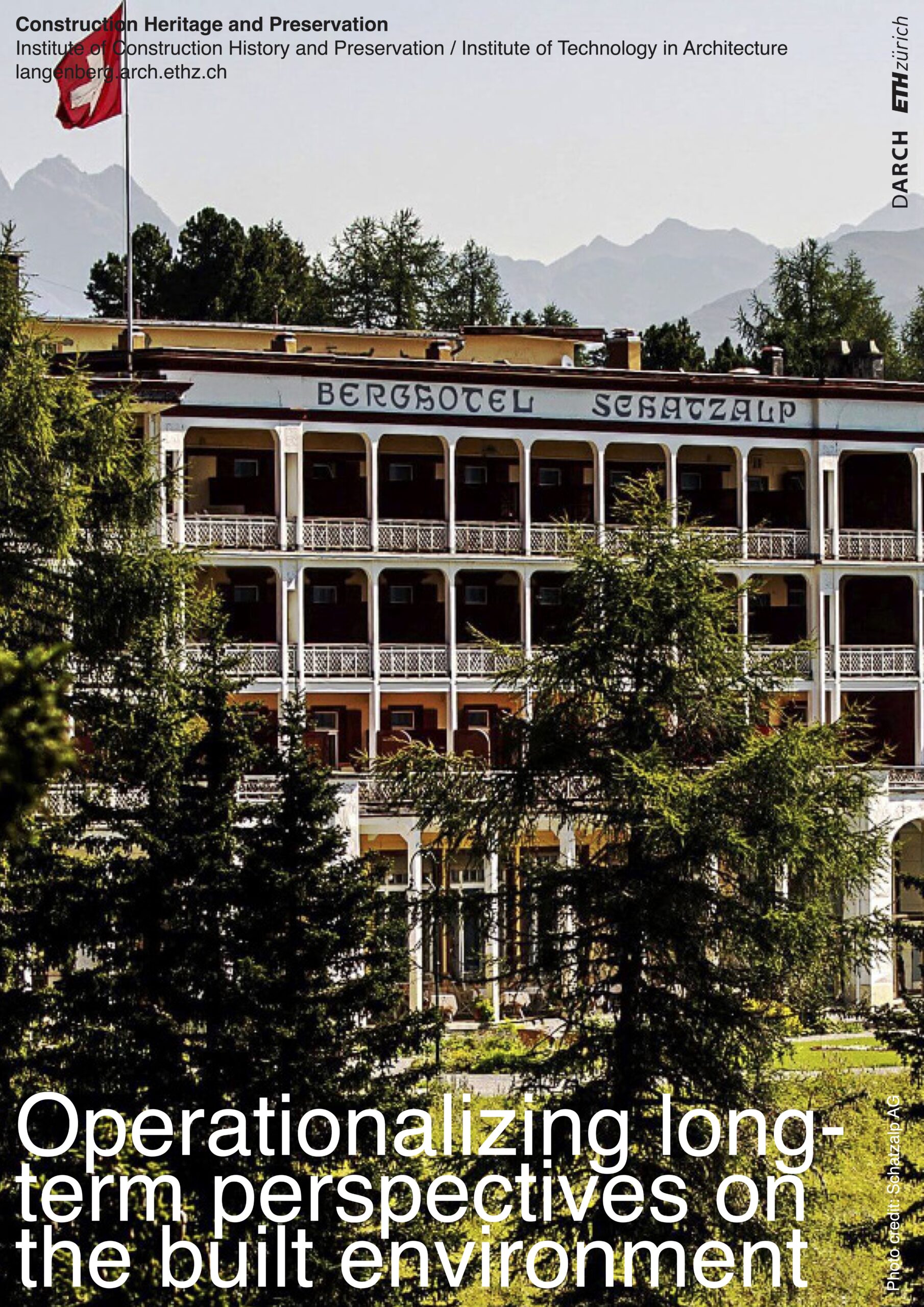
Toward transitions across architectural education, building practice, and digital mediation
Fabian Kastner
Co-Supervision: Prof. Dr. Guillaume Habert, Chair of Sustainable Construction, ETH Zurich
Jury: Prof. Dr. Silke Langenberg, Prof. Dr. Guillaume Habert, Prof. Dr. Alexander Hollberg, Prof. Dr. Ming Shan Ng
Completed
The implementation of long-term-oriented practices in the built environment falls short of expectations as they have not yet reached the mainstream. This thesis investigates potentials for further implementation through life cycle thinking (LCT). To this end, the scope of life cycle-oriented use cases has widened and does not only cover products via WBLCA (whole building life cycle assessment) but also processes, for instance, via organisational LCA. However, although LCT offers a well-founded set of concepts, methods, and tools for various contexts, evidence-based studies remain scarce.
In the context of professional built environment practice, an implementation gap between science and practice might hinder advancing long-term-oriented strategies for the built environment. Aiming to support bridging this gap, this thesis examines how the implementation of long-term perspectives on the built environment can be advanced. It is guided by three questions: (1) What are the characteristics of long-term curricular dynamics toward sustainability in architecture education? (2) How do construction corporations adopt LCT and how can the procedural relevance of LCT among construction corporations be assessed? (3) How can LCA-oriented digital games for the built environment be realised and used?
To answer these questions, this thesis draws on a socio-technical stakeholder perspective and focuses on higher education organisations, large-scale construction corporations, and individual non-experts. Accordingly, this thesis examines the implementation of LCT within a multi-case study design by stepwise moving from higher-level scopes of analysis to more detailed ones: emergence and disappearance of sustainability knowledge in architectural education (Chapter 3), LCT in the construction industry (Chapter 4), and digital WBLCA tools for building preservation (Chapter 5).
The findings show how diverse the implementation of LCT unfolds regarding different levers. In the area of higher education organisations, a longitudinal analysis of the architecture curriculum allows for empirically nuancing generic socio-technical factors that are decisive for anchoring sustainability-related perspectives. In the area of construction corporations, it is crucial to distinguish between conceptual LCT-oriented adoptions and materialisations in terms of resource and carbon productivity. A newly introduced methodology within a comparative case study design makes it possible to correlate these two aspects. To address non-expert individuals, an iteratively developed WBLCA simulation game shows how tools can be used to deal with the complexity of environmental impacts over the entire life cycle of buildings in a playful and low-threshold way by emphasising a transdisciplinary development workflow, information architecture, and use cases. Finally, all results are brought together through LCT implementation-pathways across all stakeholder levels by reflecting on the problem approach, and combining bottom-up and top-down considerations. Moreover, the individual projects open up new research directions in the broad fields of higher education, corporate responsibility, and digital mediation. This thesis shows that it is necessary to establish inherent links between these fields to improve the implementation of long-term perspectives for the built environment.

